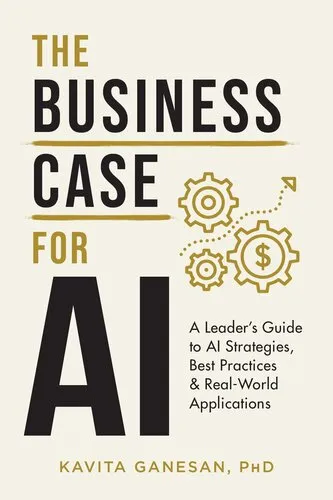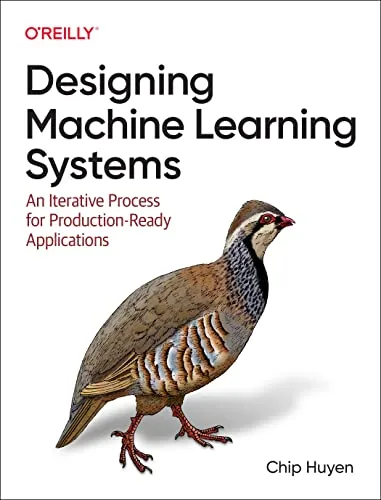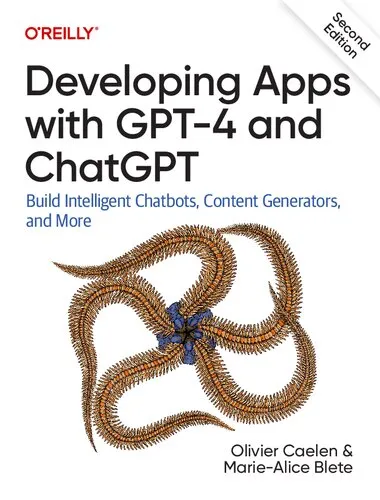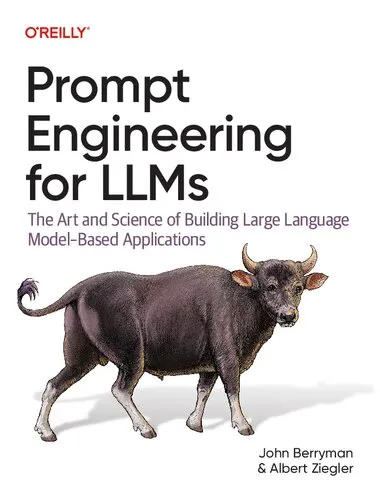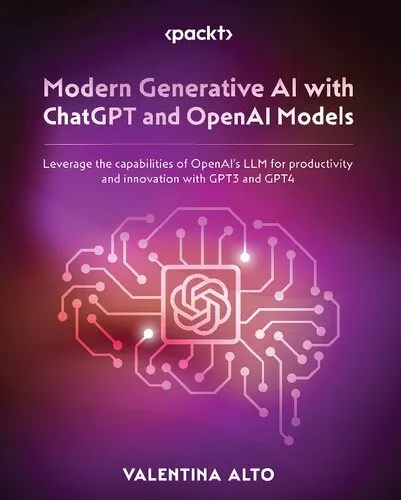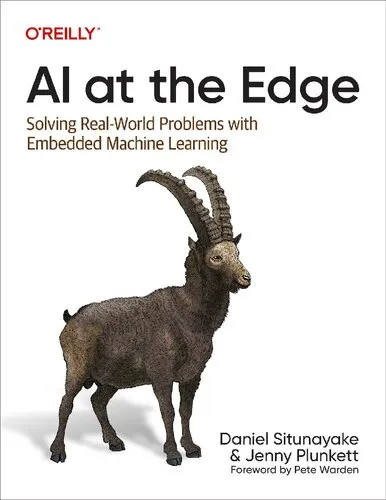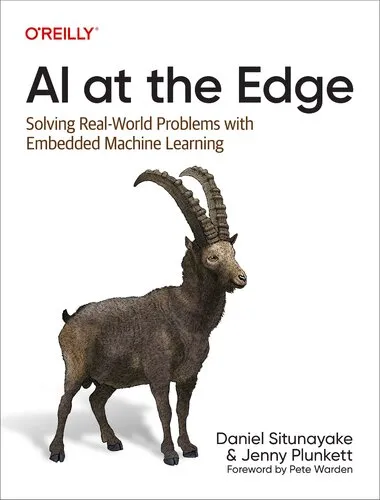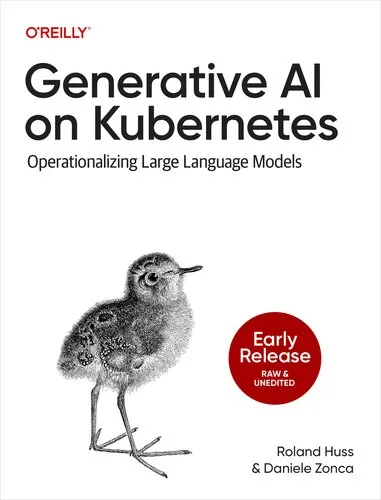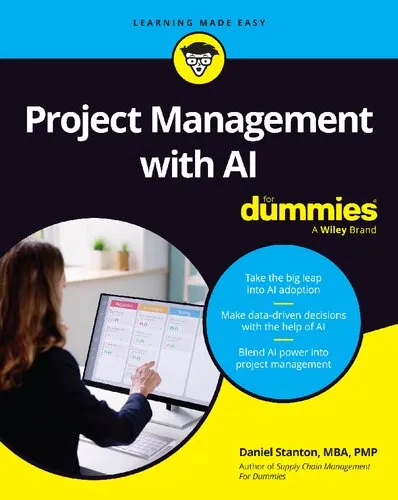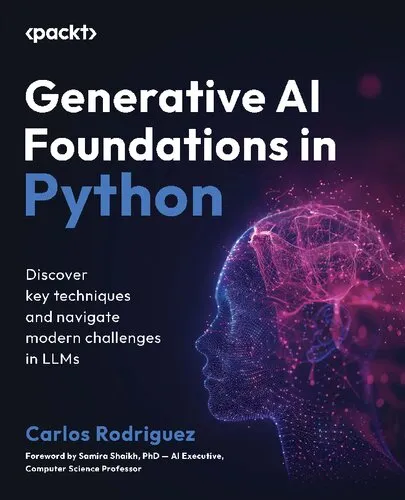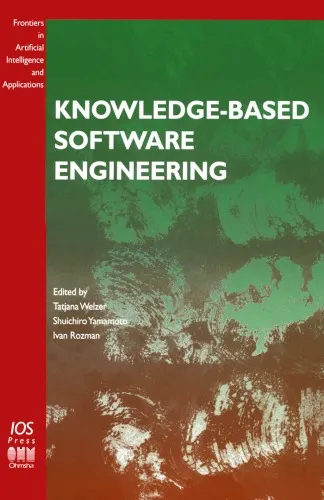Genetic Programming and Evolvable Machines
4.9
Reviews from our users

You Can Ask your questions from this book's AI after Login
Each download or ask from book AI costs 2 points. To earn more free points, please visit the Points Guide Page and complete some valuable actions.Related Refrences:
Analytical Summary
The section spanning pages 7 to 40 of Genetic Programming and Evolvable Machinespp.7—40 provides a concentrated exploration into the mechanics, theory, and application of genetic programming within the broader discipline of evolvable machine systems. Written by Lee Spector and Alan Robinson, this segment serves as both a rigorous academic resource and a practical guide, appealing to researchers, advanced students, and professionals in computer science, robotics, and artificial intelligence.
The analytical thrust of these pages begins with a foundational exposition of evolutionary computation principles, linking genetic programming to adaptive machine behaviours. This connection is articulated through algorithmic frameworks and illustrative case studies, enabling readers to see how evolutionary mechanisms manifest in real-world systems. By juxtaposing theoretical models with empirical findings, the authors craft a narrative that balances conceptual clarity with applied relevance.
Readers encounter discussions on representation schemes, fitness evaluation, mutation and crossover operators, and the importance of maintaining diversity in evolving populations. In this context, secondary topics such as evolutionary computation and artificial intelligence innovation are naturally integrated, providing nuanced insight into how genetic programming synergises with other computational paradigms.
Key Takeaways
From this segment of Genetic Programming and Evolvable Machinespp.7—40, several key understandings emerge that are critical for anyone engaged in designing adaptive algorithms or studying complex system evolution.
First, genetic programming operates not as an isolated method but as part of an ecosystem of evolutionary computation techniques capable of solving high-dimensional and dynamic problems.
Second, the adaptability of evolvable machines hinges on robust representation and mutation approaches, ensuring systems respond effectively to changing fitness landscapes.
Third, practical implementation demands careful calibration of parameters, highlighting the interplay between theoretical elegance and engineering pragmatism.
Memorable Quotes
“Genetic programming thrives in environments where adaptability and innovation are paramount.” Unknown
“Evolvable machines embody the fusion of computational theory and biological inspiration.” Unknown
“The richness of evolution lies in diversity — without it, systems stagnate.” Unknown
Why This Book Matters
For scholars and practitioners in artificial intelligence, robotics, and algorithmic design, Genetic Programming and Evolvable Machinespp.7—40 distills essential methodologies and theoretical insights that are both timeless and forward-looking.
In an age where adaptive computation underpins cutting-edge technologies, understanding the interplay between algorithmic evolution and machine adaptability becomes vital. The pages reinforce this by marrying rigorous analysis with tangible examples that professionals can translate into practice.
Information unavailable regarding any awards or notable recognitions for this specific section, as no reliable public source offers such detail. However, the work’s influence can be inferred by its prominence in academic discussions and the frequency of citations across domains.
Inspiring Conclusion
The exploration within Genetic Programming and Evolvable Machinespp.7—40 is more than an academic exercise; it is an invitation to engage with the evolving frontier of artificial intelligence innovation and evolutionary computation.
By bridging rigorous theory with applied complexity, the authors ignite curiosity and empower readers to experiment, test, and extend the concepts into new realms of problem-solving. Whether you are an academic, a professional developer, or a researcher, these pages offer a robust foundation upon which to build meaningful advancements.
Your next step is clear: immerse yourself in the material, reflect on its implications, and share your perspectives within your professional community. Through discussion and collaboration, the principles outlined here can inspire transformative breakthroughs in the science and engineering of adaptive systems.
Free Direct Download
You Can Download this book after Login
Accessing books through legal platforms and public libraries not only supports the rights of authors and publishers but also contributes to the sustainability of reading culture. Before downloading, please take a moment to consider these options.
Find this book on other platforms:
WorldCat helps you find books in libraries worldwide.
See ratings, reviews, and discussions on Goodreads.
Find and buy rare or used books on AbeBooks.
1086
بازدید4.9
امتیاز0
نظر98%
رضایتReviews:
4.9
Based on 0 users review
Questions & Answers
Ask questions about this book or help others by answering
No questions yet. Be the first to ask!

